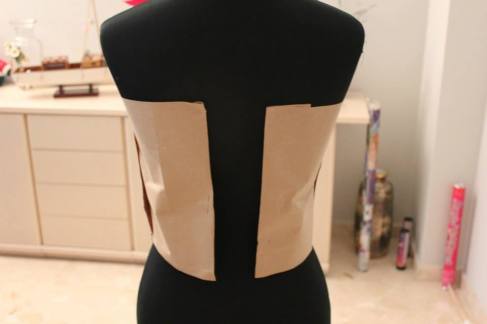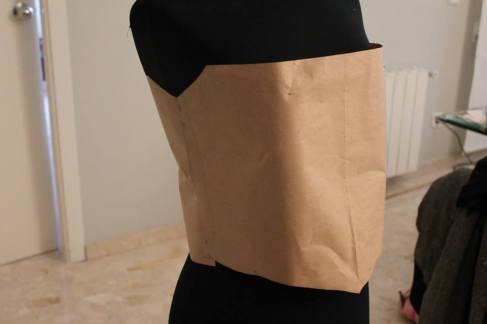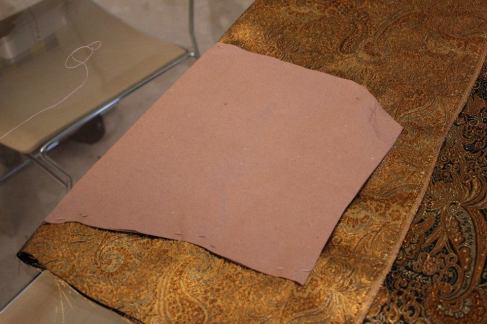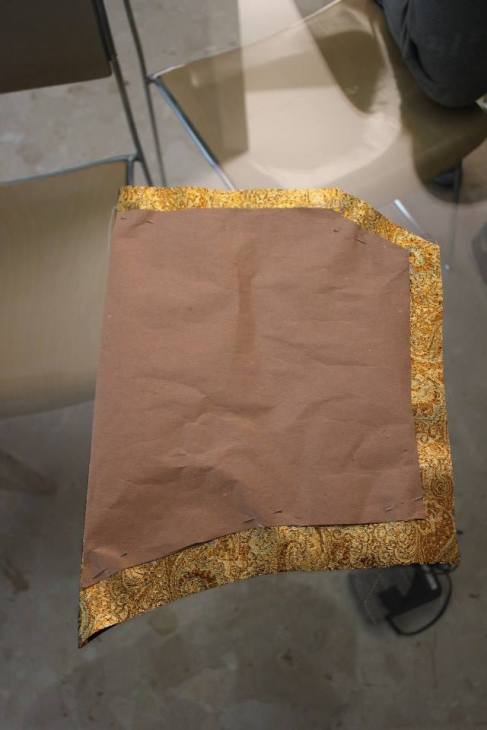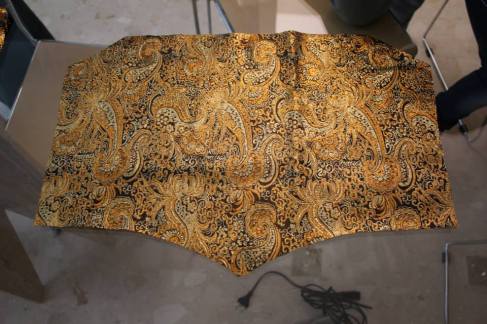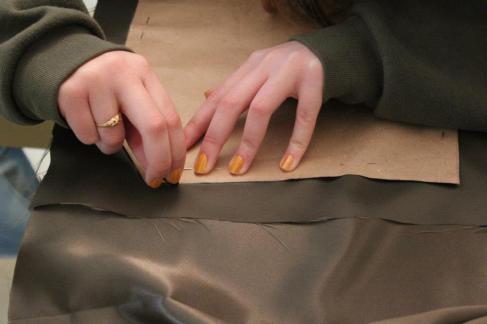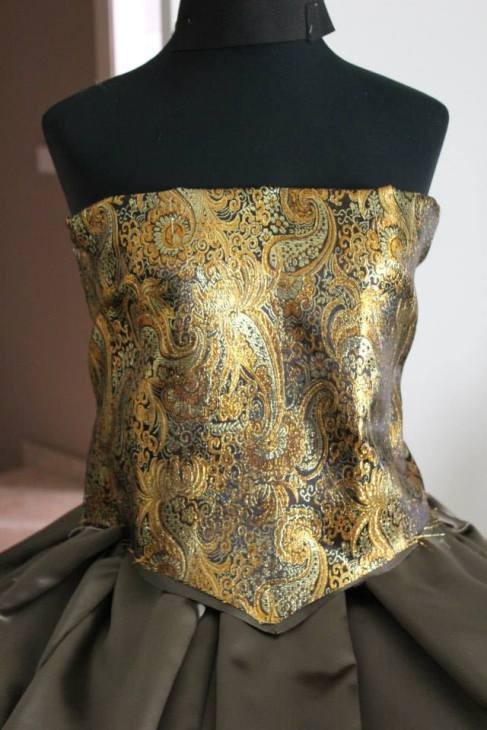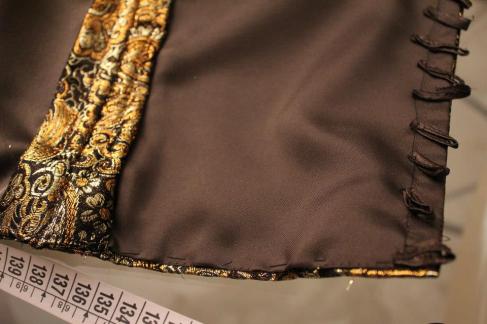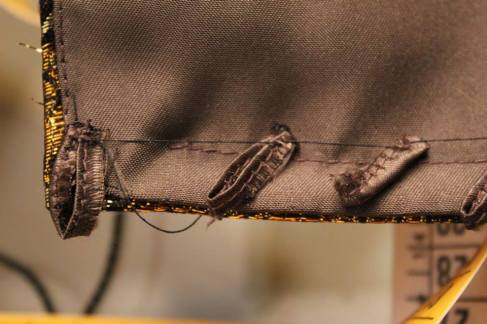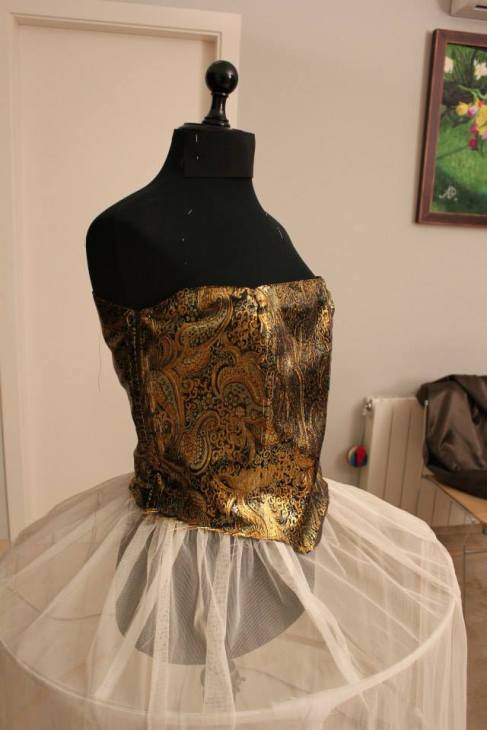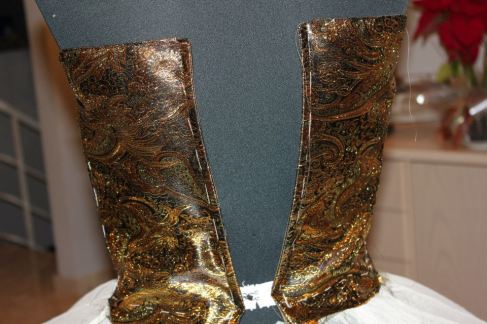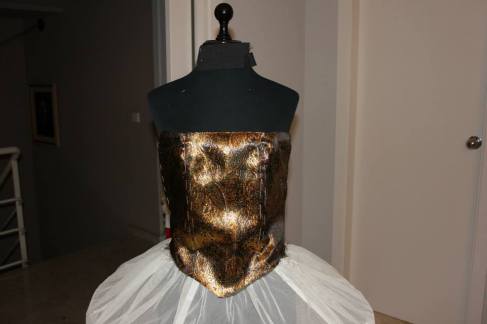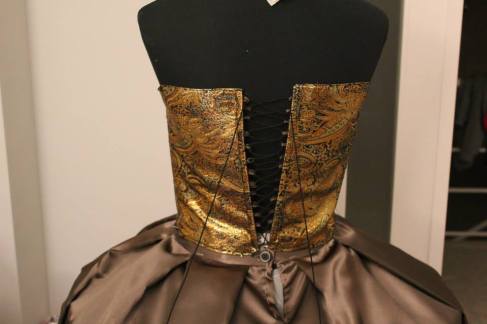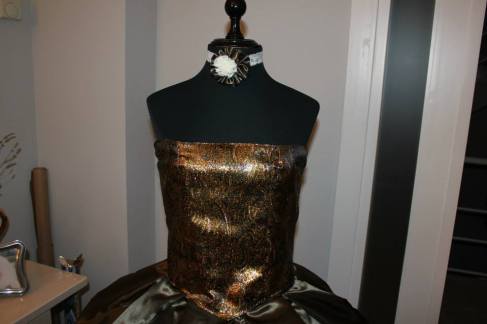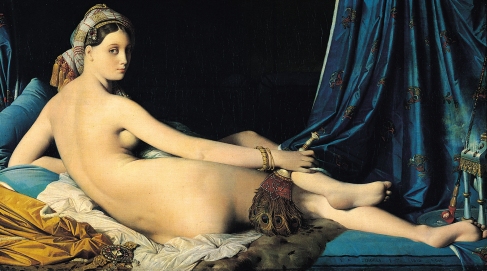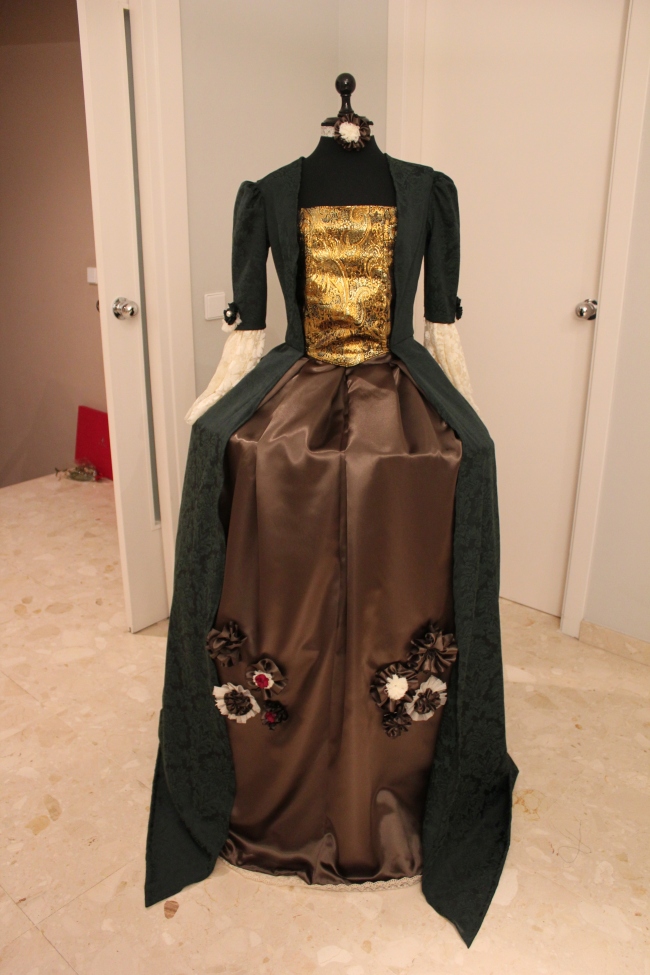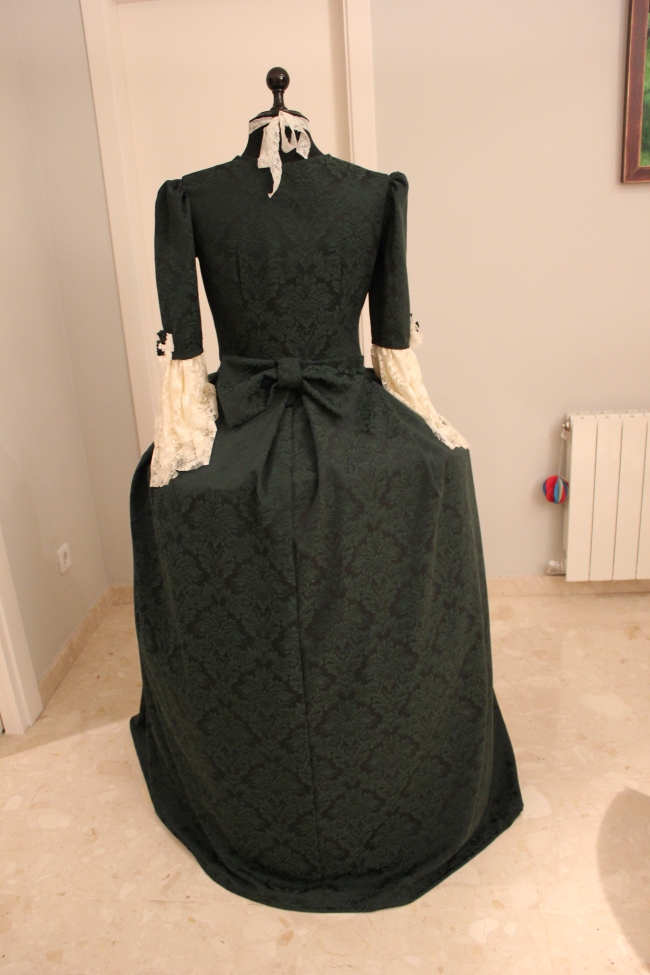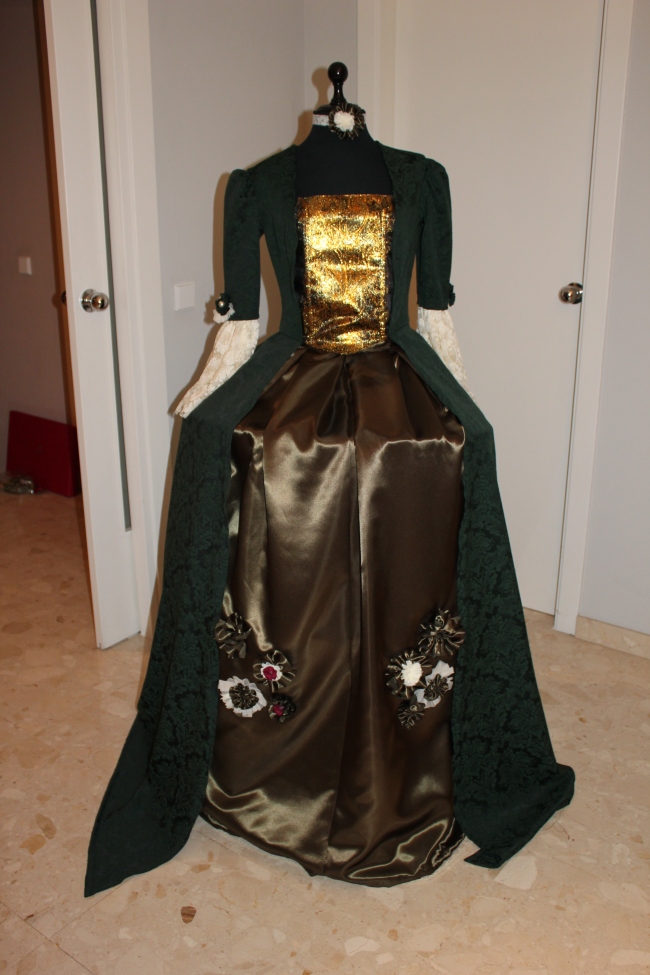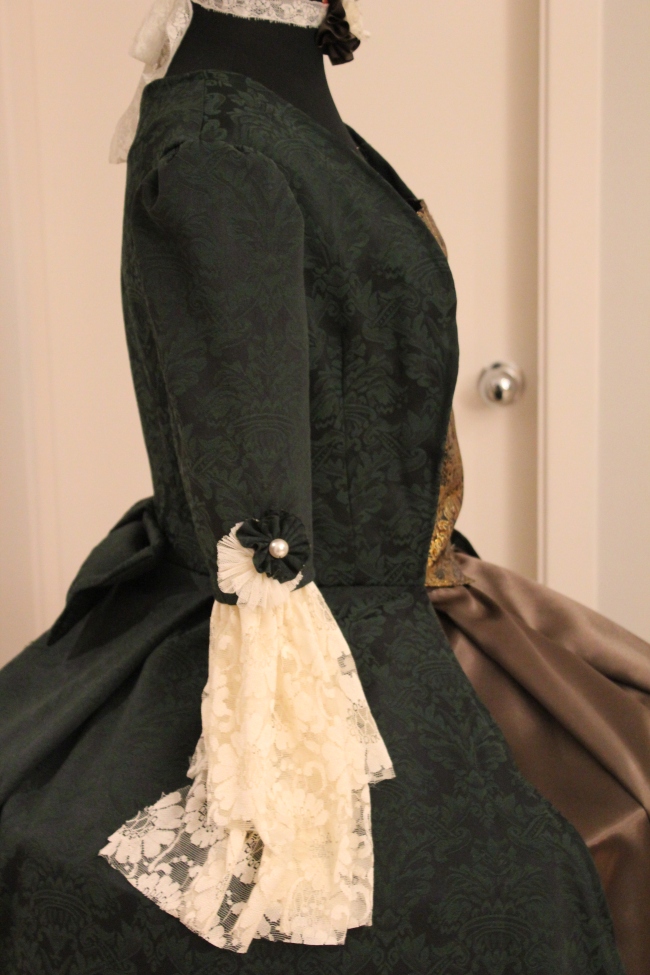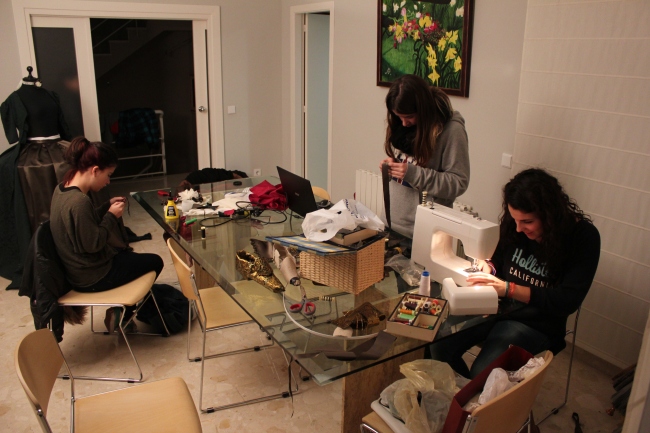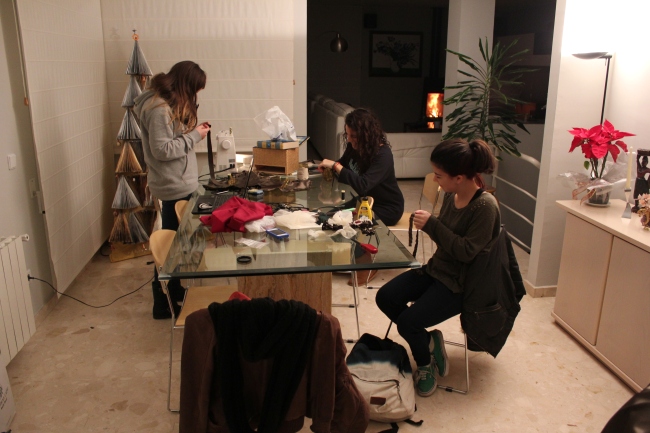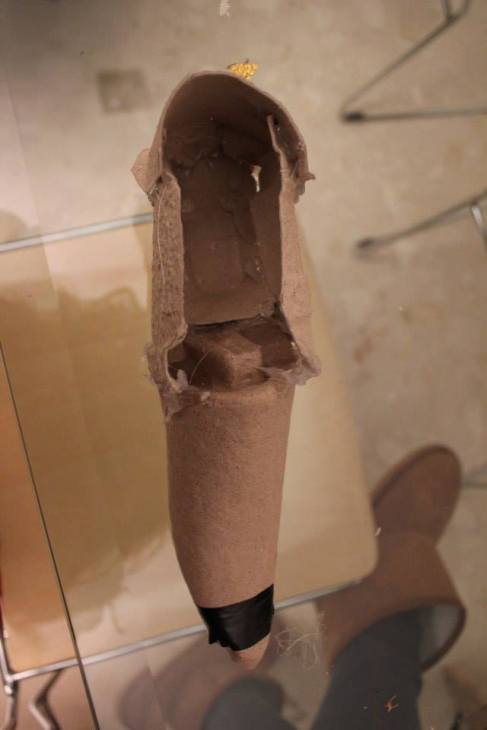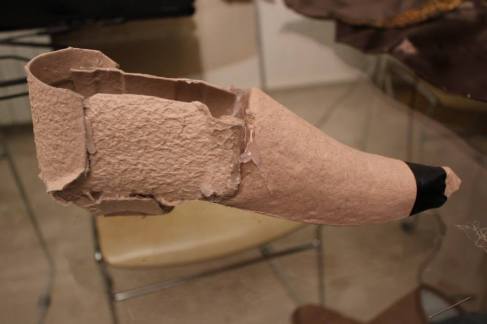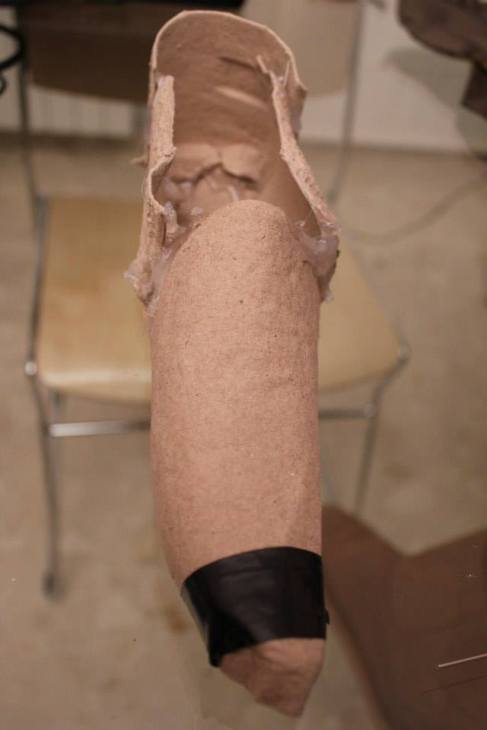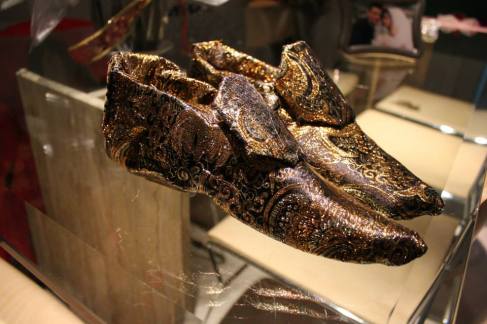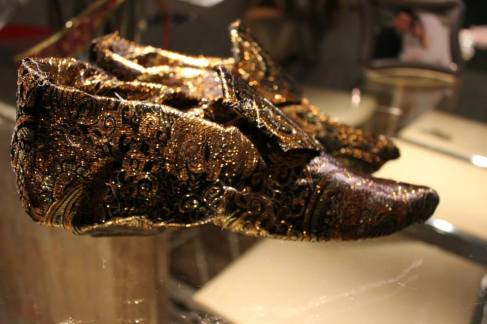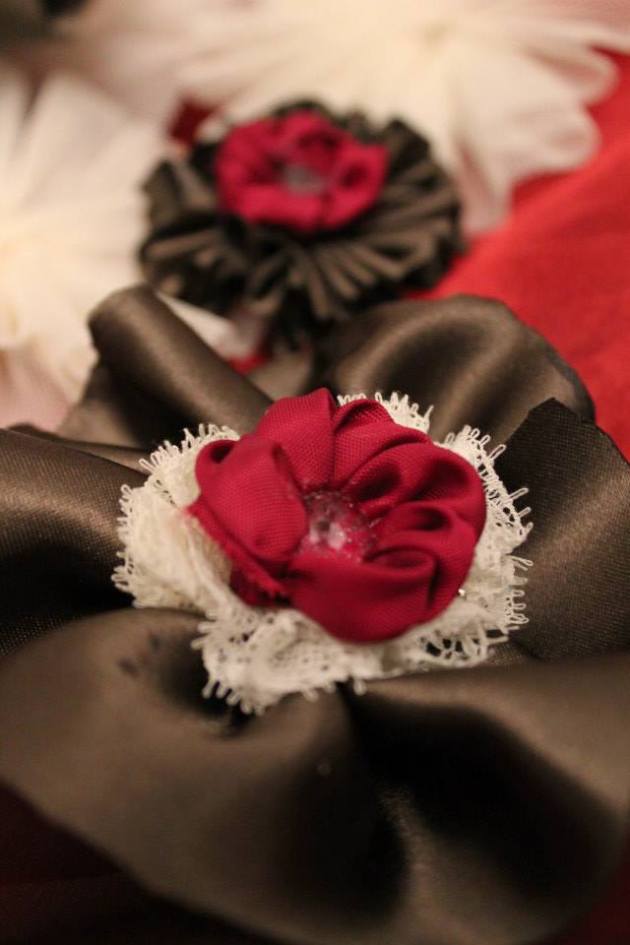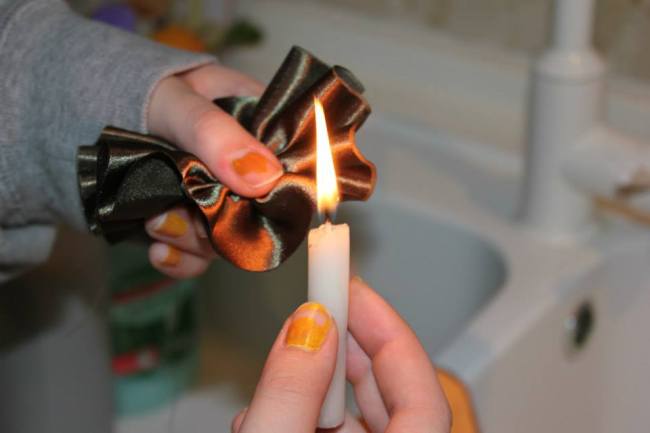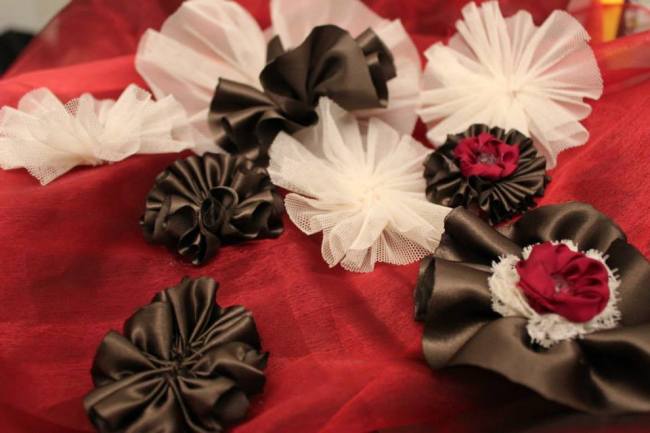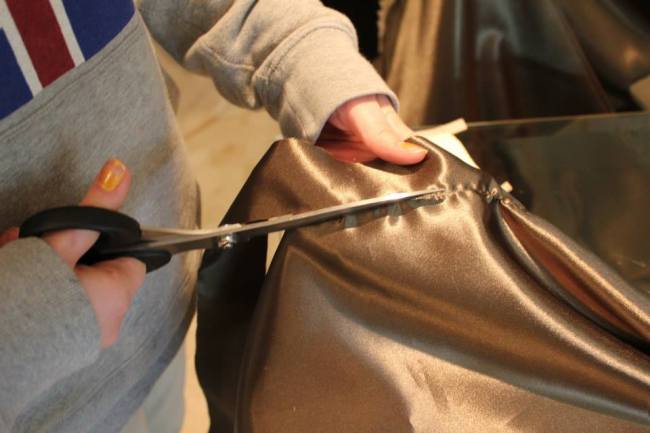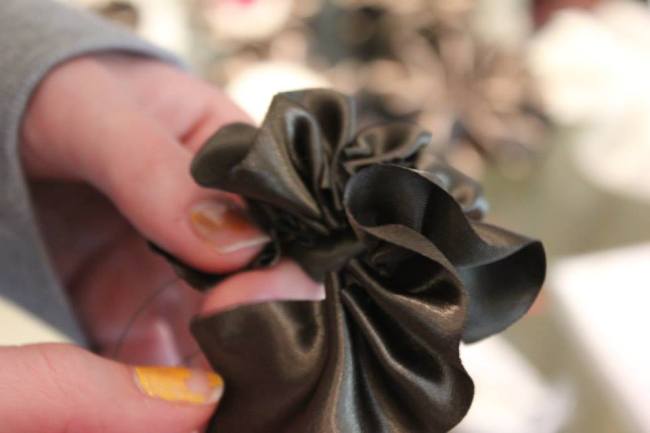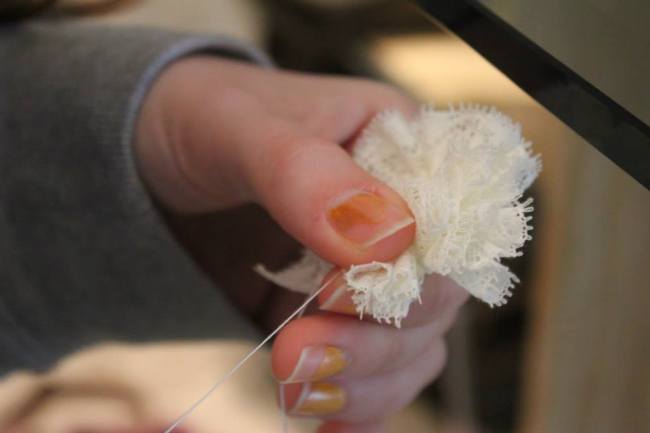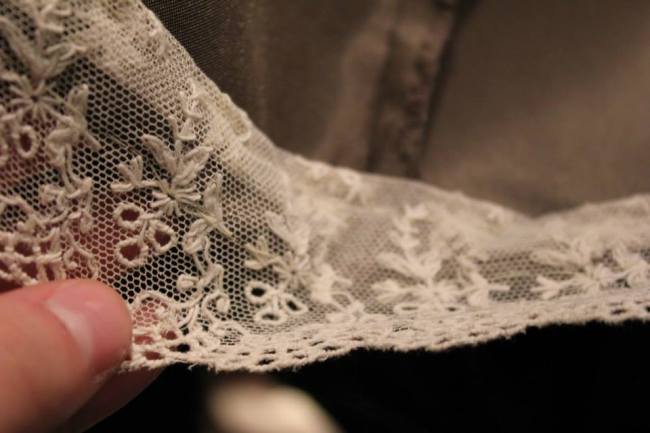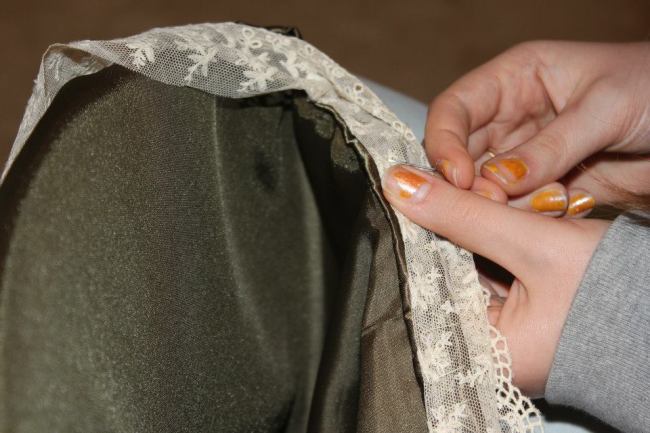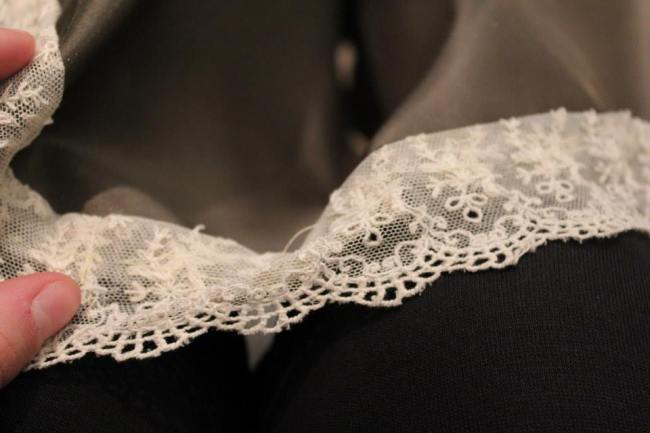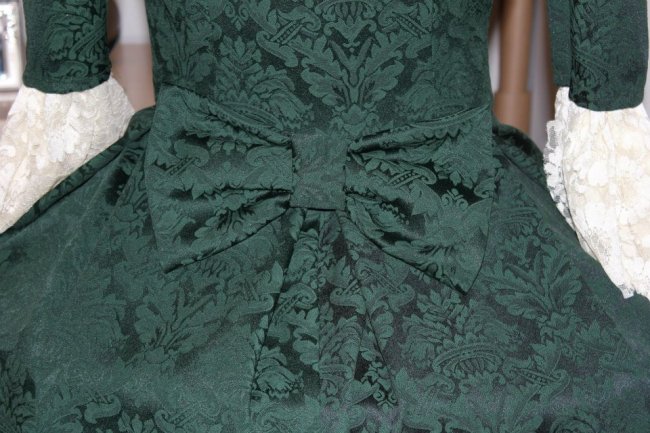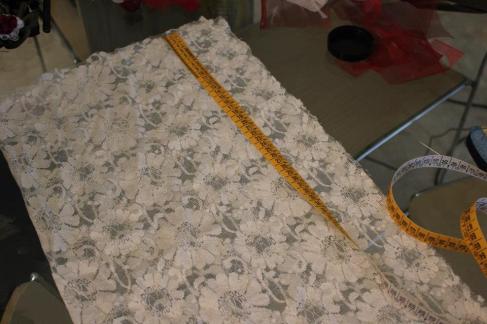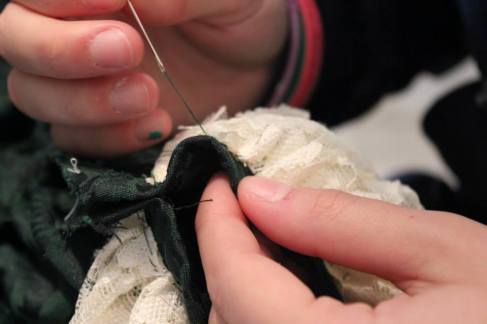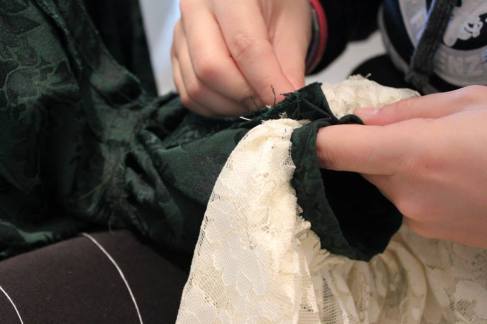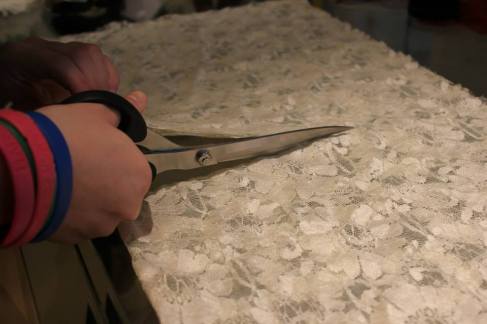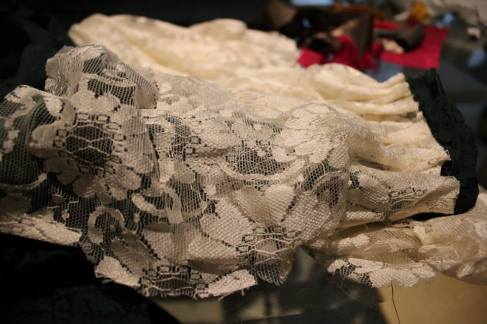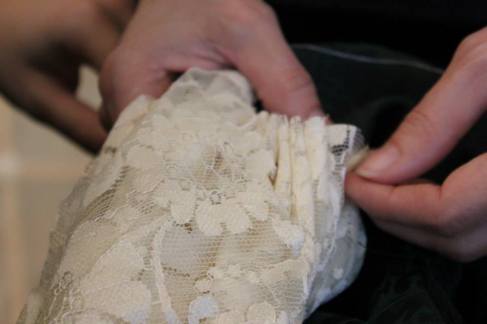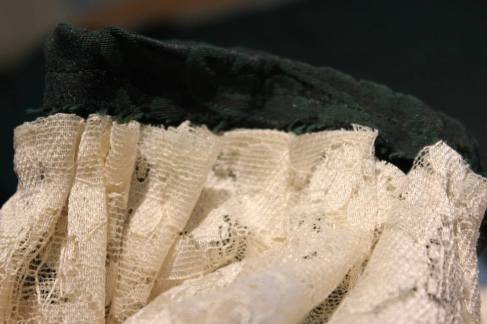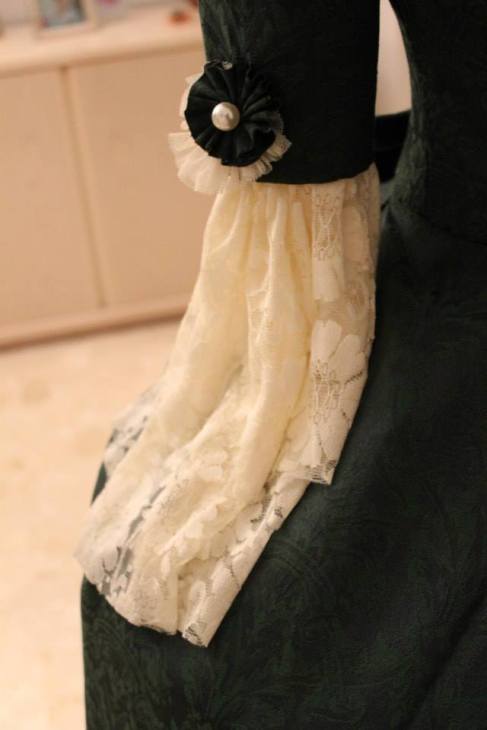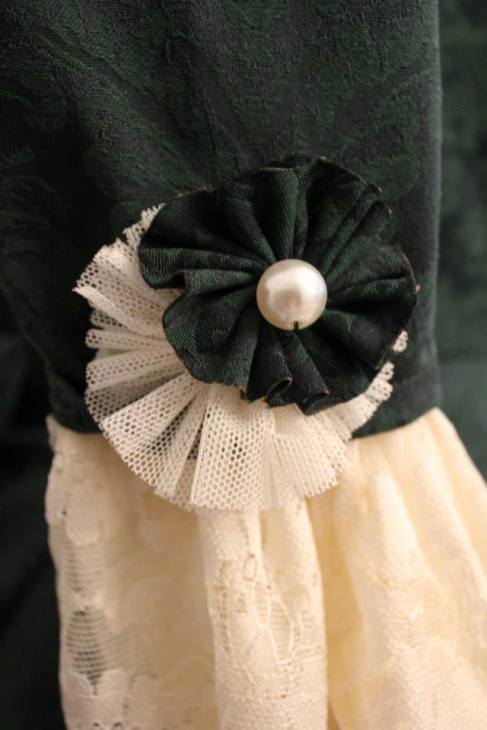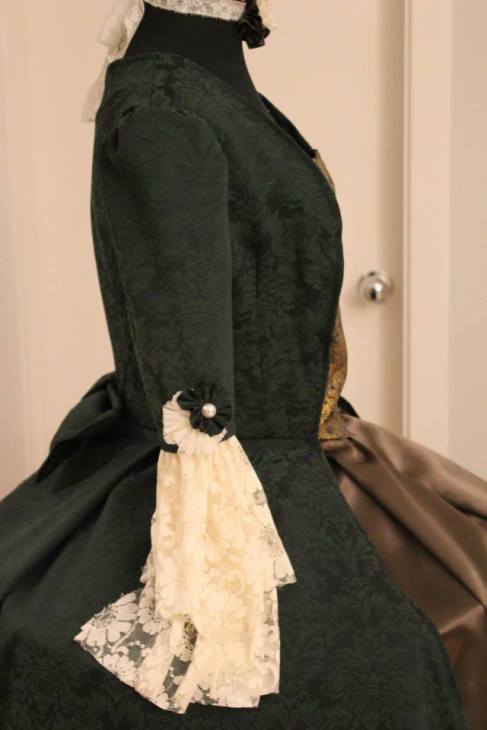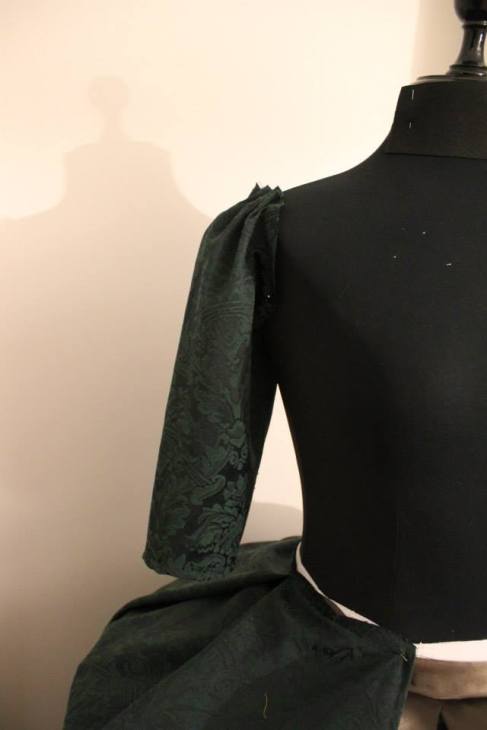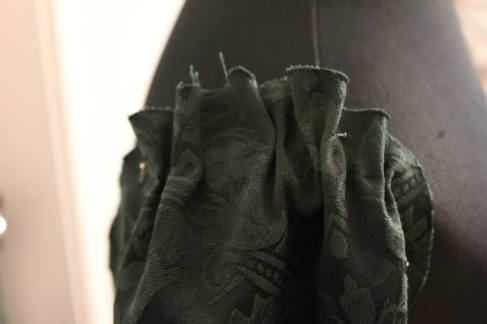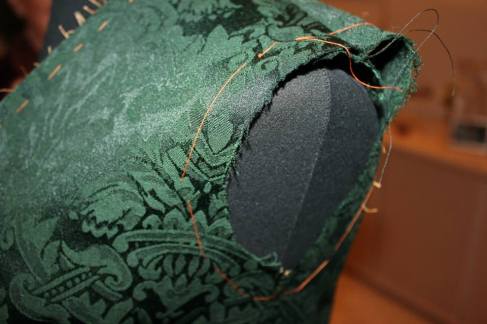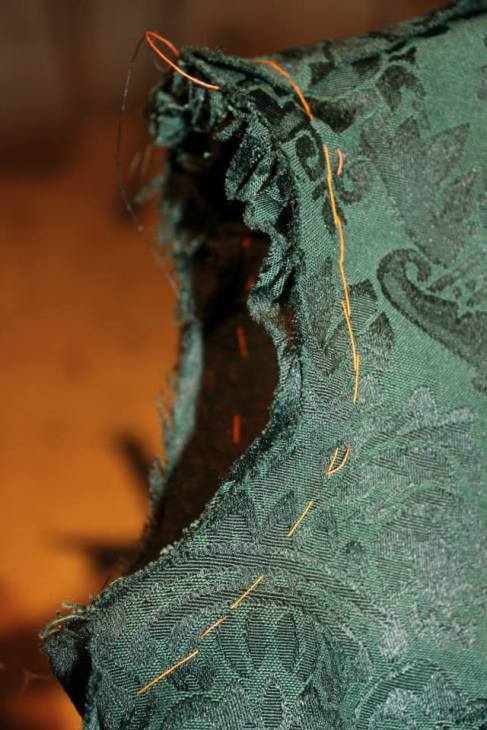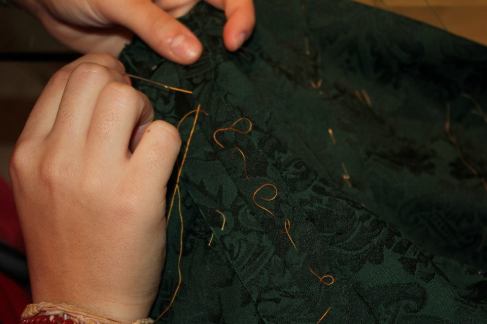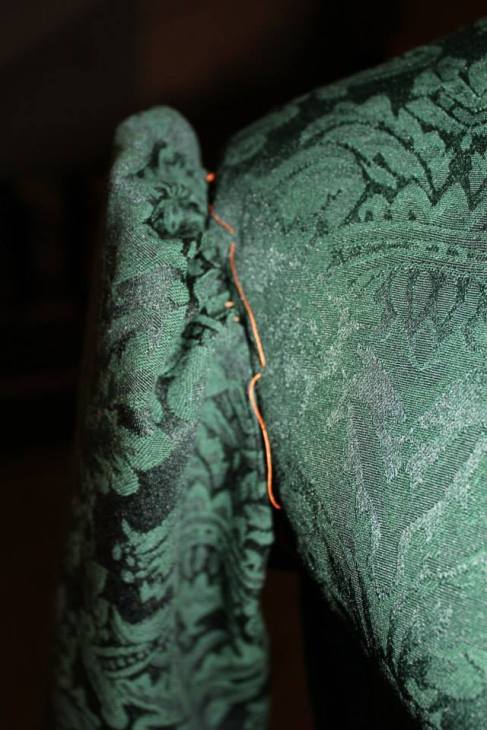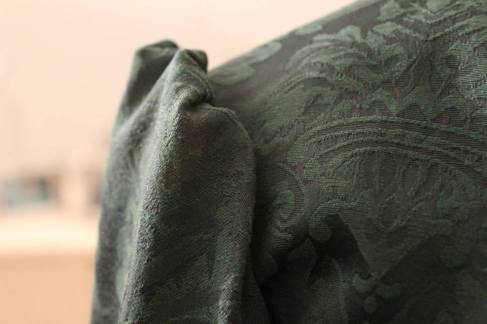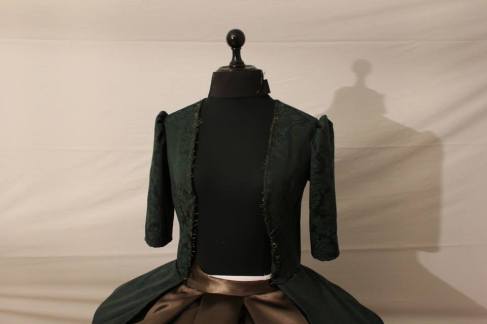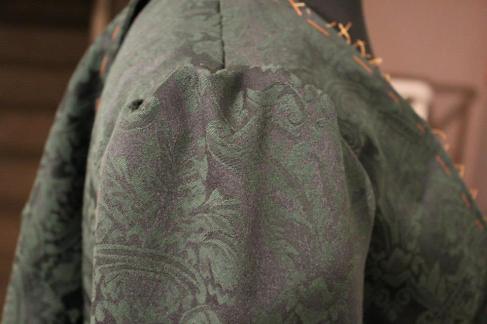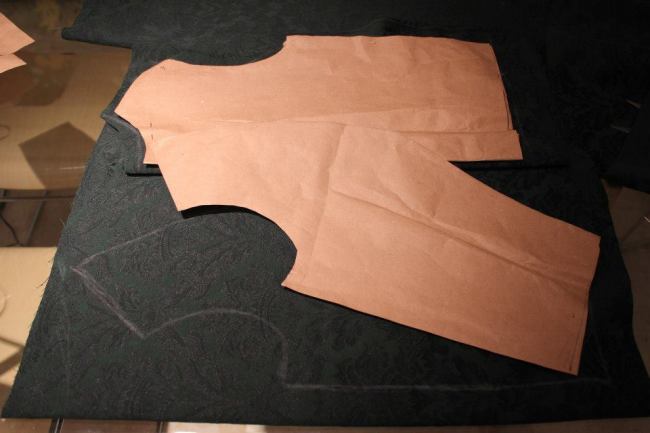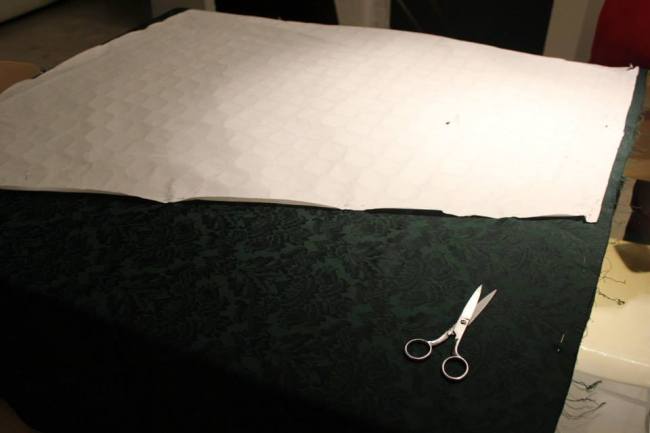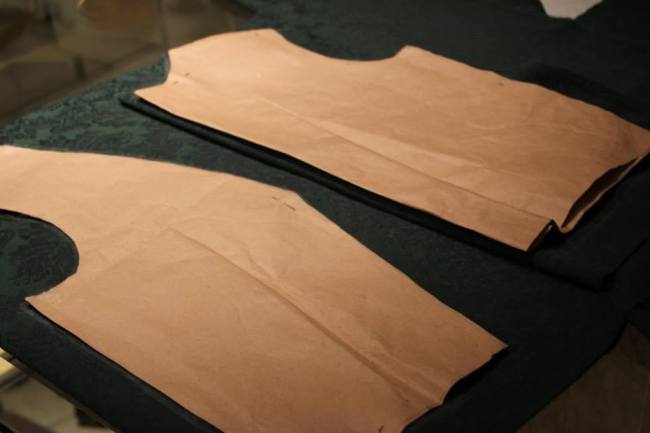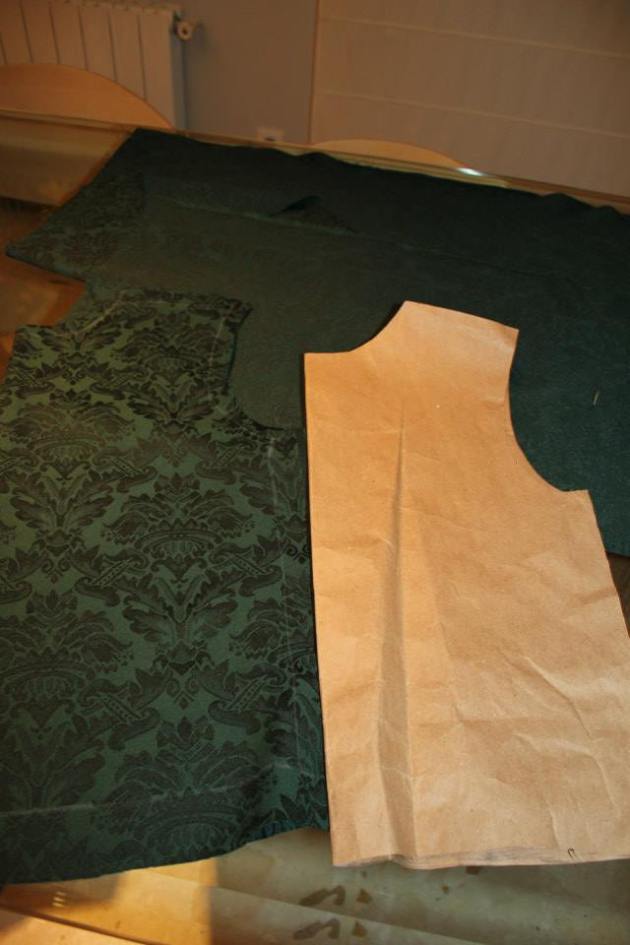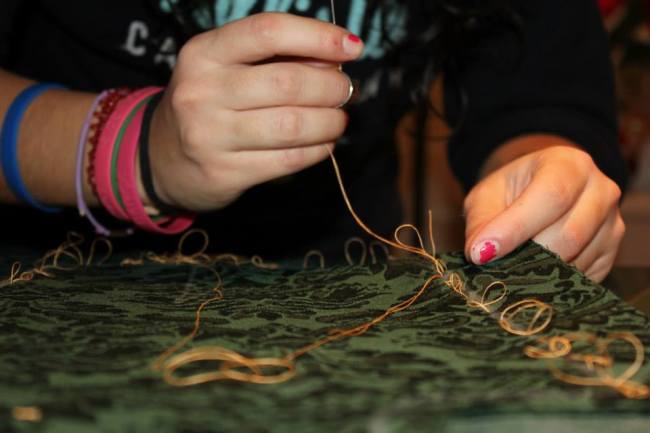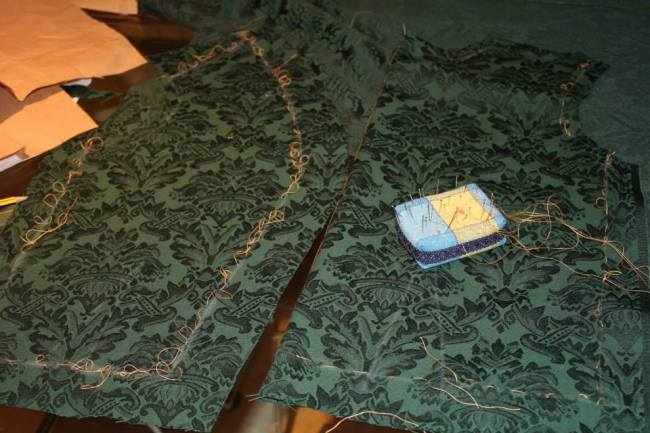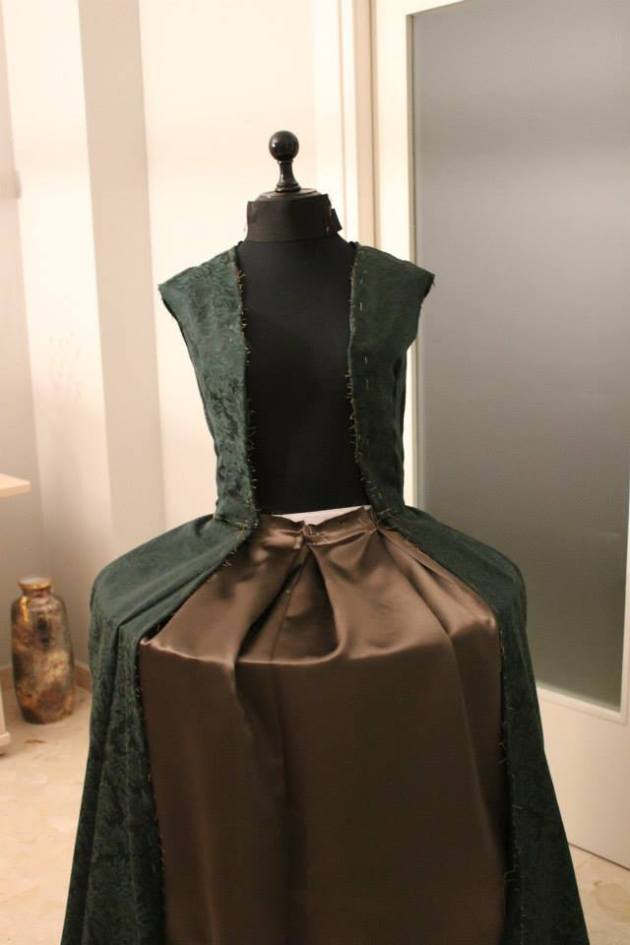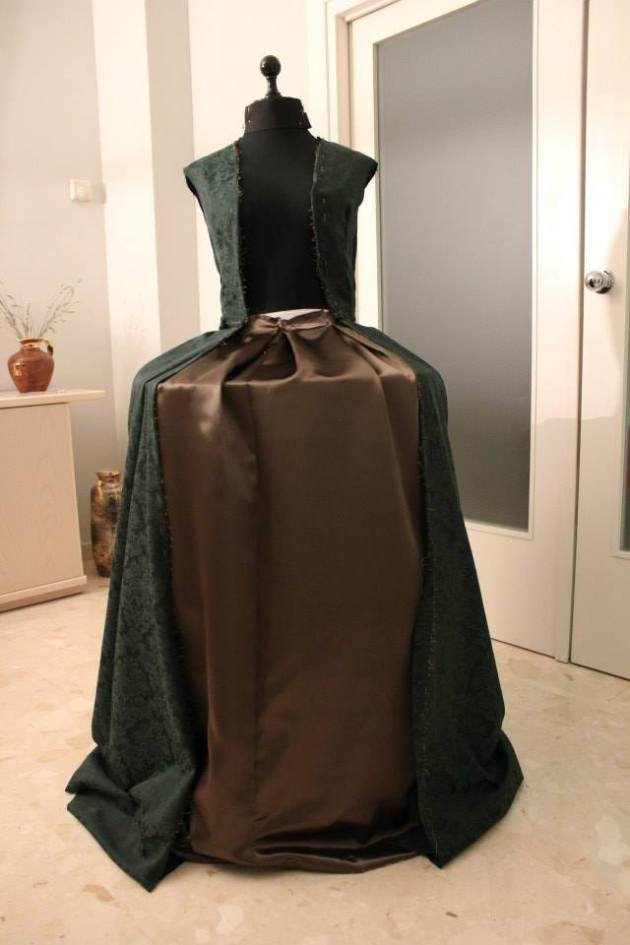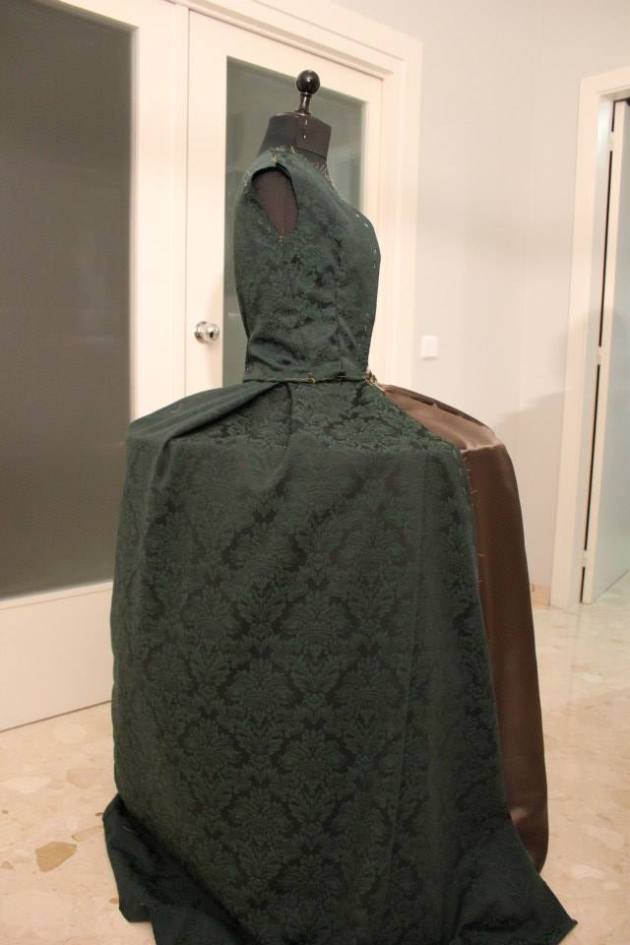Hi,
We’re so excited with the dress because every time it seems more to our idea.
To make the corset, we had some problems because we could not do it as it was at the time. Formerly they wore a corset to sieze the trunk, it was rigid and was placed inside. Then they took a piece on the front that was more decorative and it was known bodice. The voluptuous effect gave the corset that was underneath.
As we could not make the corset of the time, we do it with the resources that we had and trying to be as similar as possible.
We started thinking about the different options of how we could do it. The most appropriate was putting spokes in the fabric, a flexible plates that give rigidity.
When we were sure that the patterns were as we wanted, we started to put it on the fabric, very careful not to make a mistake and do two patterns on the same side. However, we had a problem like this but we could resolve it.
When the patterns were placed in cloth, we marked it with a stitching to know where we had to cut leaving a space to have enough clothes to sew.
Once we cut all the pieces, we did the same procedure with satin fabric to sew it on the inside thus giving more body to the corset, because at the same time it make the fleece function.
When we had all the parts of the corset, we prepared it with a stitching because it had not moved during sewing machine.
We began to sew all the pieces, leaving the undernearth opened to put the ribs.
When they were sewed, we realized that uniting the three could not make them right. So we had unstitched sides and join them while we put together the three pieces. When we fix it, we made a zig-zag on the fabric that was inside because it frays very easily.
Once we had it all sewn, we put the corset on mannequin to see if it was good. As was the case, we look at where we could put the ribs in the fabric. We decided that the most appropriate place was the sides, to the back and front of each breast, to tighten the fabric and make it stay straighter.
We sew ribs inside, making two stitching machine.
Then we put in the back a fabric loops, which are small strips of cloth sewn on both ends and usually incorporated in corsets so that after passing a cord zig-zags, to tight torso area.
It was a difficult and labourious task but finally we had a good result. You could see it here.
Bye bye. We hope that you like it!
